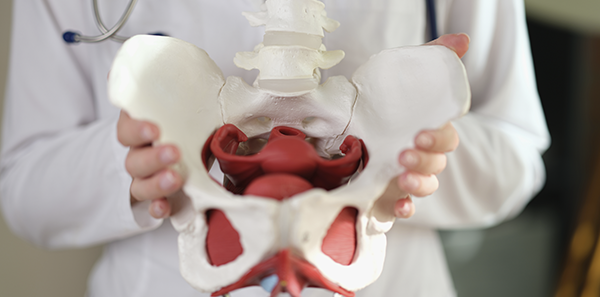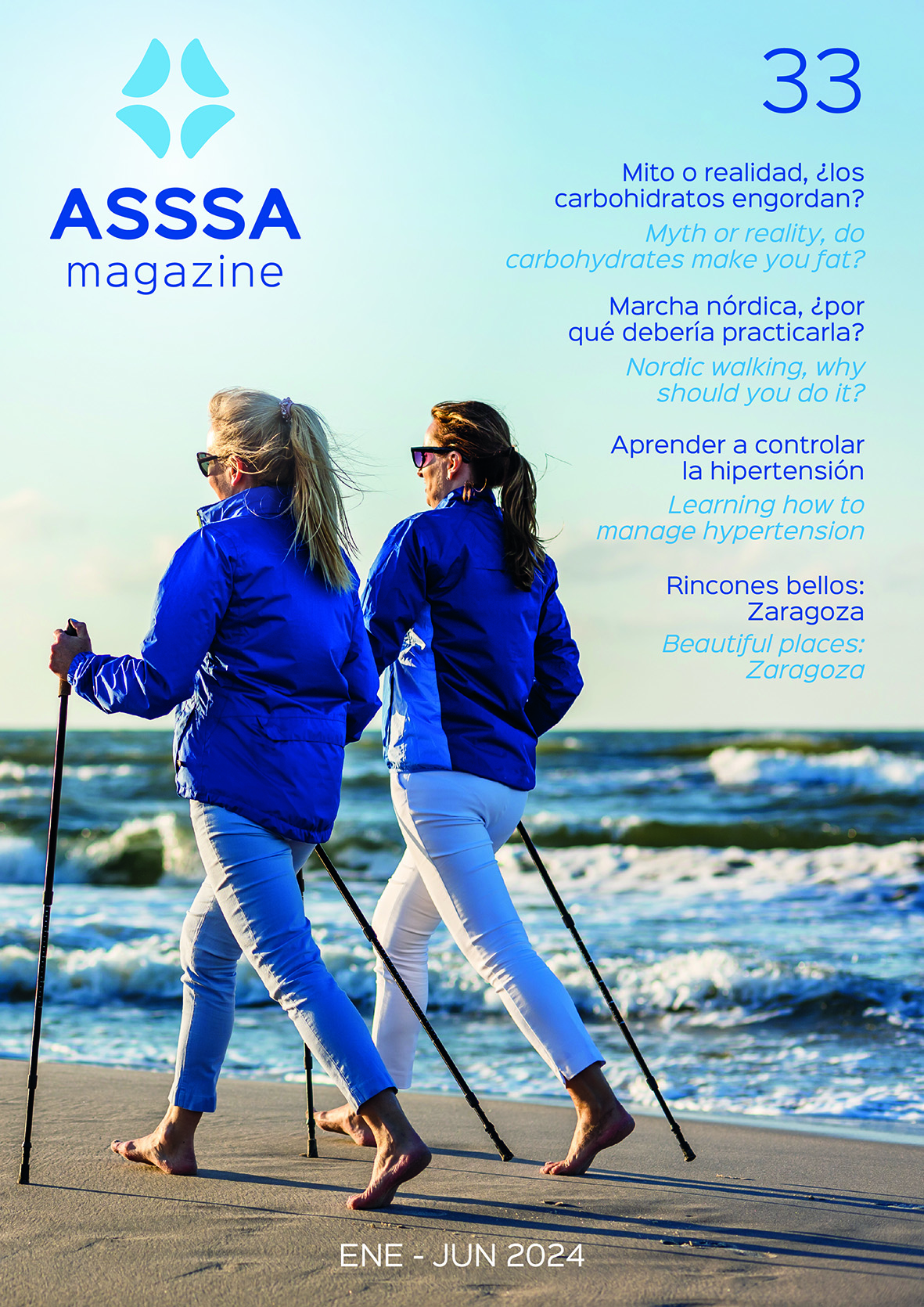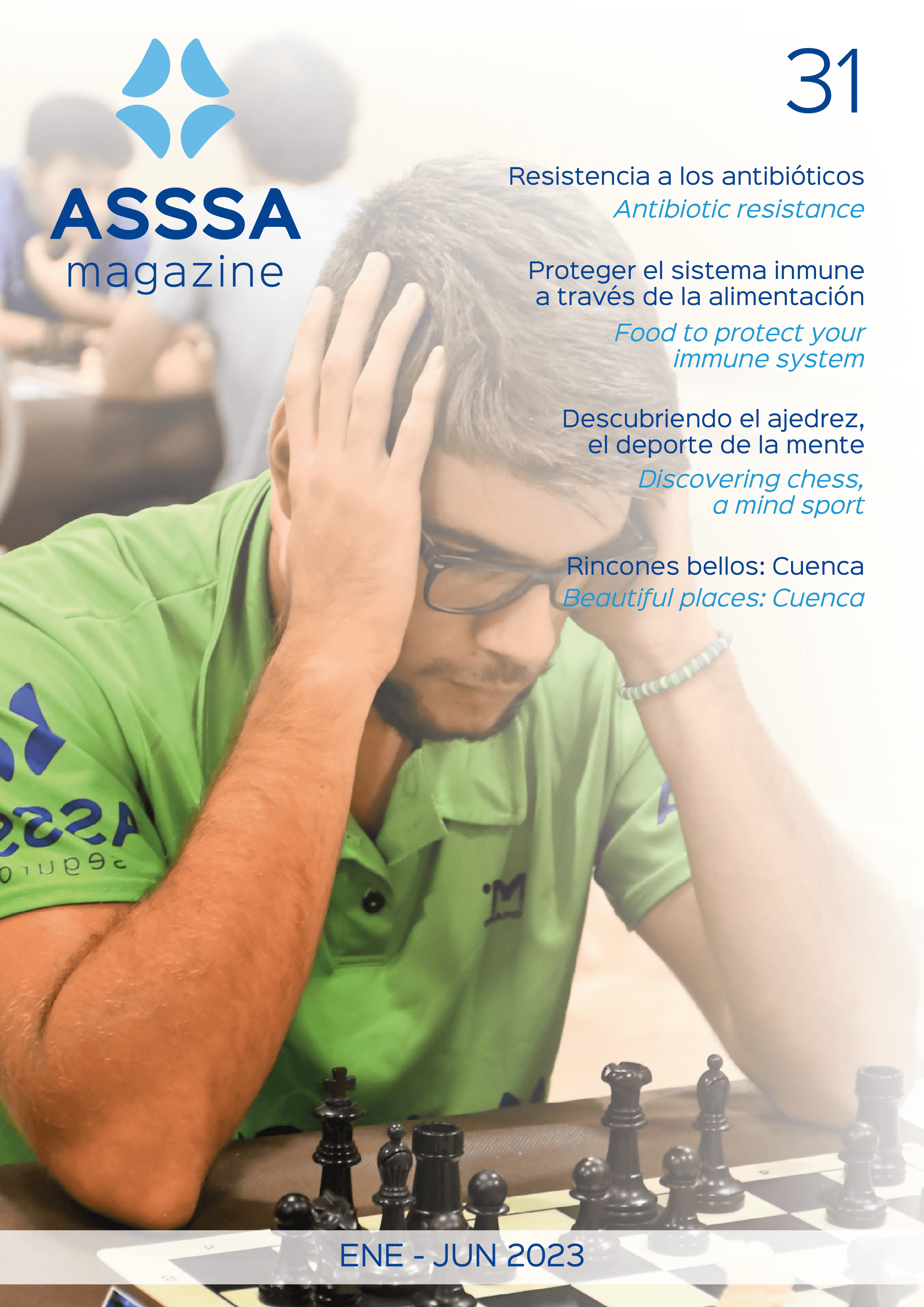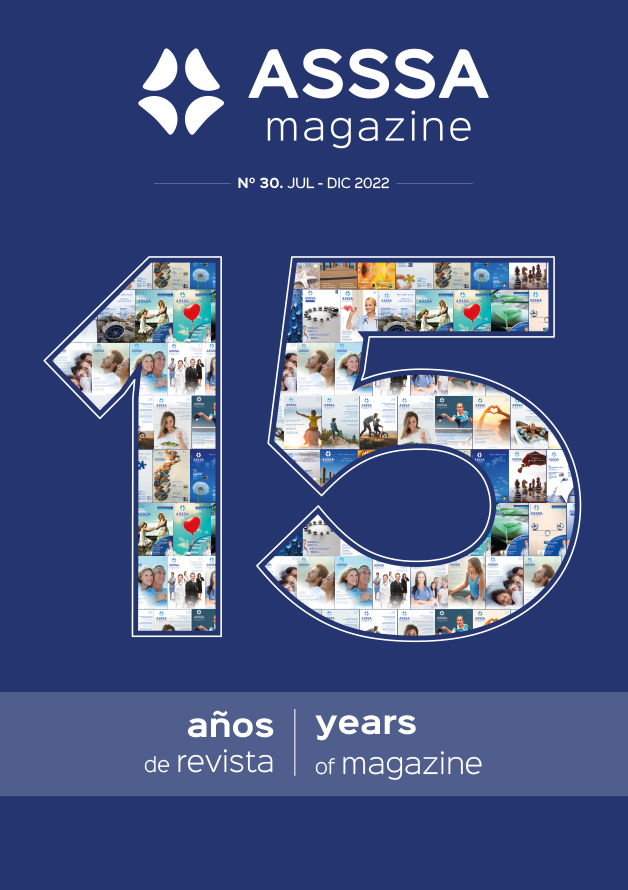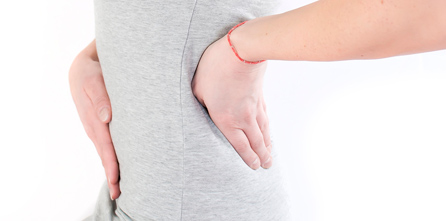
Pelvic Inflammatory Disease (PID) is a term for inflammation and infection of the female reproductive organs, namely the uterus, Fallopian tubes, and/or ovaries as well as nearby tissues and organs. It can occur combined with endometritis, salpingitis, tubo-ovarian abscesses and pelviperitonitis.
Greater sexual freedom among young people over the last thirty-five years has resulted in an increased number of cases of PID. The disease is more common in women aged from fifteen to twenty-five and it is a major problem not only for the acute symptoms it produces but also because it can be the cause of other conditions such as sterility, ectopic pregnancy and painful intercourse (dyspareunia).
PID is regarded as the most common complication arising from bacterial sexually transmitted diseases (STDs).
The infection is usually polymicrobial, but the most frequently associated pathogens are Neissería gonorrehoeae and Chlamydia trachomtis. Other bacteria can be group B streptococcus (GBS), Gardnerella vaginalis, etc.
Bacteria lodged in the neck of the womb (cervix) can spread upwards towards the upper part of the genital apparatus
The principal risk factors are:
- Being aged under 25
- Having numerous sexual partners
- STDs – Not using barrier methods of contraception
- Previous history of PID – History of bacterial vaginosis (BV) and cervicitis
- Having an intrauterine contraceptive device (IUCD), especially in the three months following insertion; bacteria may have entered when the device was fitted.
- Miscarriage / abortion – Uterine instrumentation, surgery to the cervix
Clinical classification is based largely on the degree to which the disease has progressed, on symptoms and on information gleaned from clinical examination. There are four stages of severity:
- Stage I: acute salpingitis without peritonitis
- Stage II: acute salpingitis with peritonitis
- Stage III: acute salpingitis with tubo-ovarian abscess
- Stage IV: ruptured tubo-ovarian abscess
PID can display the following symptoms:
- The most frequent is bilateral lower abdominal pain (95%) that can vary from complete absence of pain to very intense pain with a strong peritoneal component. This variability in terms of pain can cause diagnostic confusion which in many cases results in inadequate treatment being prescribed and the appearance of subsequent complications.
- Abnormal vaginal discharge (74%)
- Abnormal bleeding (45%) between periods, after sex, etc.
- Urinary tract symptoms (35%) such as pain on passing urine (dysuria) and urinary frequency.
- Digestive symptoms (14%) such as nausea, vomiting, diarrhoea, etc.
- A complete absence of symptoms is also possible, as mentioned earlier
The following signs may be found during gynaecological examination:
- Pain on moving the neck of the womb (cervix).
- Adnexal pain nbimanual (PV) vaginal examination.
Examination using speculum may reveal the following:
- Purulent endocervical exudate (dark, foul-smelling discharge).
- Fever higher than + 38ºC.
- Pelvic mass suggesting tubo-ovarian abscess.
If PID is suspected, the following tests must be carried out:
- Blood test.
- Haemogram and general biochemistry.
- Vaginal and endocervical swab (to detect the possible presence of gonococci and chlamydia bacteria).
- Transvaginal diagnostic sonography (ultrasound) to obtain information on the possible existence of a tubo-ovarian abscess.
- Laparoscopy, the only reliable diagnostic method because it provides a direct view and enables samples to be taken for culture, but this is usually reserved for certain cases where diagnosis is uncertain or when treatment has failed.
A differential diagnosis should always be made in the case of:
- Urological diseases, urinary tract infections or renal colic.
- Gynaecological and obstetric diseases, such as threat of miscarriage, ectopic pregnancy, ovarian cyst rupture or torsion (OT), endometriosis and post-surgery adherence syndrome.
- Digestive diseases, such as acute gastroenteritis, appendicitis, diverticulitis, cholecystitis, irritable bowel syndrome (IBS), etc.
Treatment will be aimed at tackling pathogenic bacteria and involves administering antibiotic treatment.
Patients who do not respond to outpatient antibiotic treatment within 72 hours need to be admitted to hospital for inpatient treatment, involving the administration of two or three types of antibiotic medication. If a tubo-ovarian abscess is found, it must be surgically drained: t his type of surgery is preservative and assessed on a case-by-case basis.
Sexual partners of people with PID must be examined and treated if they have had sexual intercourse with the patient during the 60 days prior to symptoms appearing, as these sexual partners are often found to be asymptomatic carriers.
The information published in this media neither substitutes nor complements in any way the direct supervision of a doctor, his diagnosis or the treatment that he may prescribe. It should also not be used for self-diagnosis.
The exclusive responsibility for the use of this service lies with the reader.
ASSSA advises you to always consult your doctor about any issue concerning your health.

